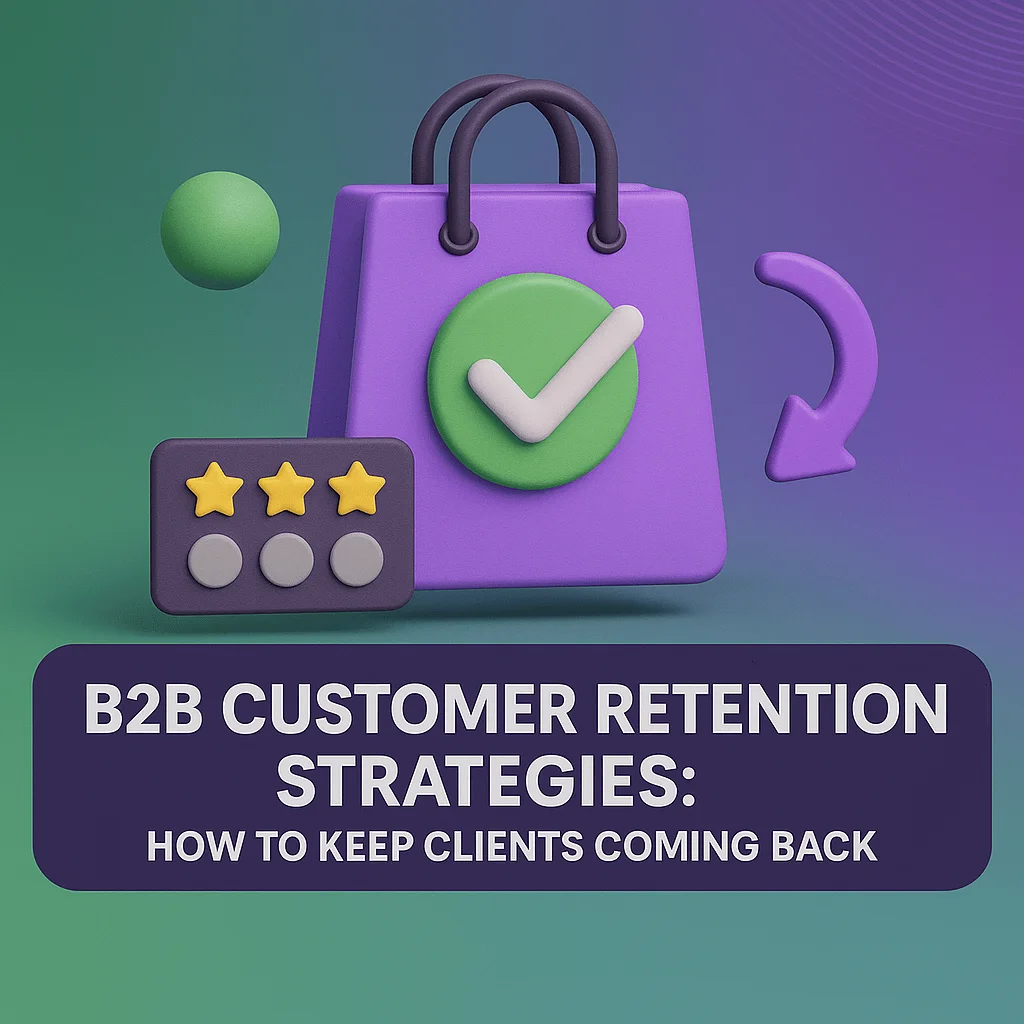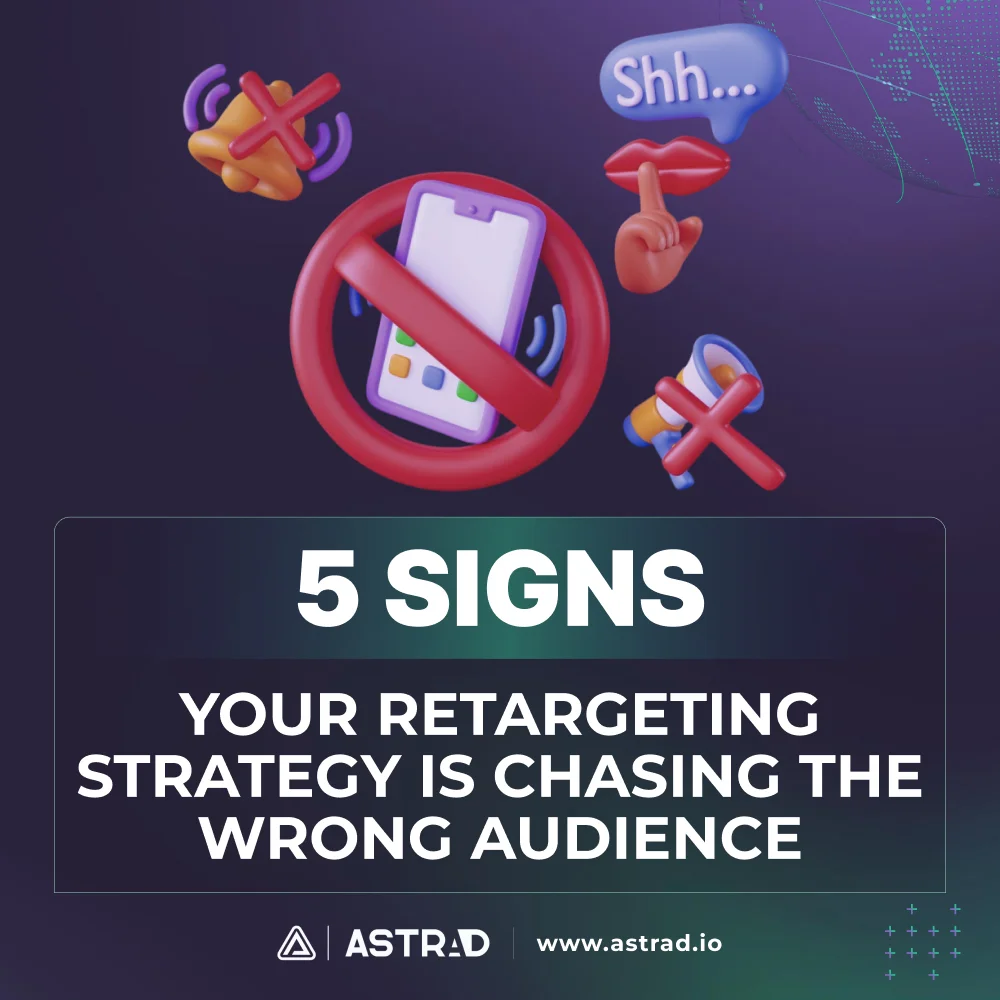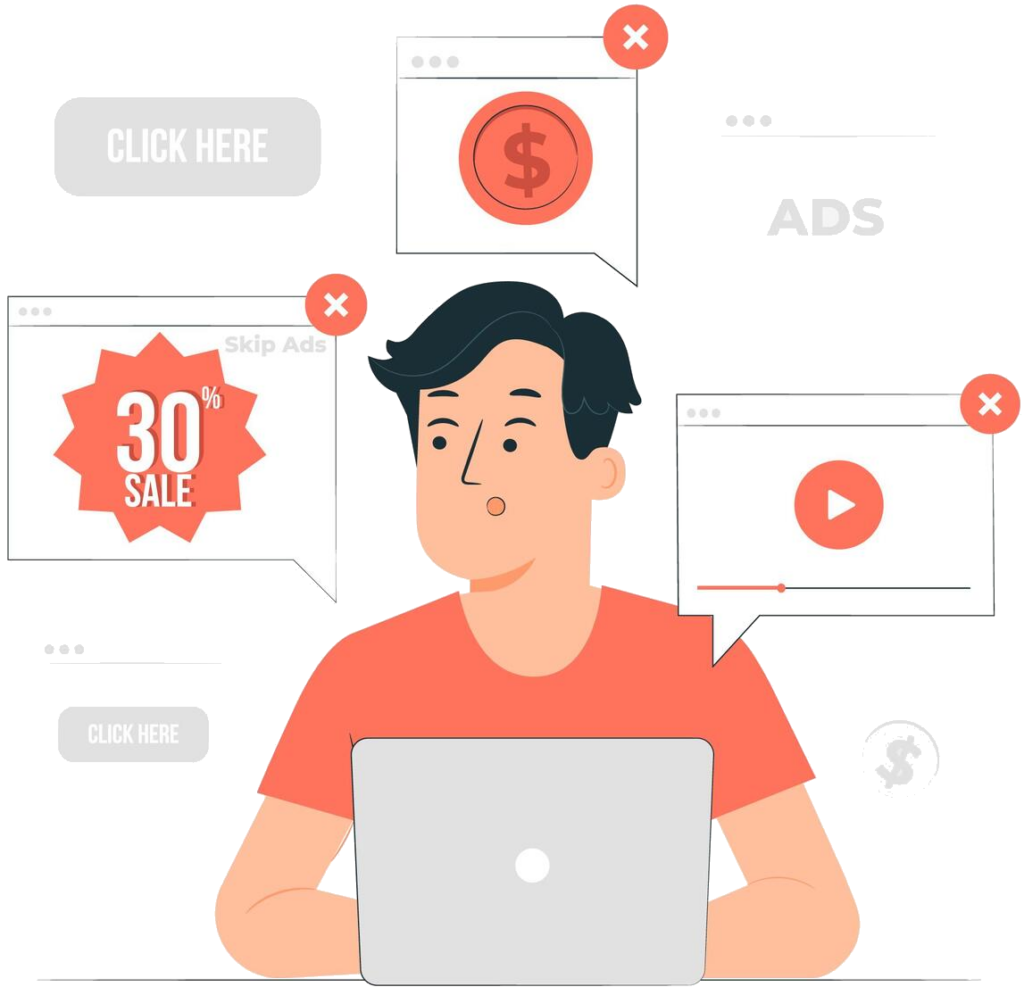Remember the old saying, “It’s easier to keep a customer than to find a new one”? Well, it must have been coined by someone who probably never had the misfortune of loving and losing his B2B client once, twice, maybe thrice in a year, and now with the vendetta, every sales call feels like a hostage negotiation.
Here’s the harshest reality: customer retention in B2B is more challenging but equally rewarding than retaining one in a B2C environment. While consumer brands worry about pleasing an individual shopper, B2B companies have the daunting task of pleasing entire companies that keep shifting their priorities, budget constraints, and with a revolving door of stakeholders. Imagine trying to please a committee where half of the members weren’t present at the last meeting, and the other half is busy checking their phones.
And that’s why it pays to stay in B2B customer retention, because it’s really the difference between building a sustainable business and running on a hamster wheel of continuous prospecting. With perfect execution, it moves one-off buyers into long-time partners, while your engaged customers work even harder to sell for you.
Understanding Customer Retention in B2B
B2B customer retention involves the art and science of keeping business clients engaged and satisfied with their contracts, being renewed year after year. Consumer retention often emphasizes repeat purchase and brand loyalty, whereas in B2B customer retention, strategic partnerships are developed so that they can survive budgetary cuts, changes in leadership, or commercial pressure.
Retention in B2B means something very different from retention in consumer business. B2C companies retain customers with ease and sometimes an emotional connection, while in B2B, its retention requires proving measurable business value on an ongoing basis, maintaining key relationships at multiple levels, and adapting to changing business requirements.
In B2B, it’s not so much about making somebody feel good; rather, it’s about making their jobs easier and their companies more successful.
Why B2B Customer Retention Matters More Than Acquisition
The economics of B2B customer retention make acquisition look like a money-burning contest. While the exact numbers vary by industry, the general rule holds true: keeping existing customers costs significantly less than finding new ones.
In the B2B world, where sales cycles can stretch longer than a Marvel movie franchise and involve more stakeholders than a United Nations summit, the cost difference becomes even more dramatic.
Key Economic Advantages of Retention over Acquisition:
- Lower cost per retained customer compared to acquisition expenses
- Shorter decision cycles for existing clients who already trust your company
- Higher average deal values from upselling and cross-selling opportunities
- Reduced sales and marketing overhead for repeat business
- Predictable revenue streams that support business planning and growth
Long sales cycles and relationship-based selling create a natural moat around retained customers. Once a B2B client has invested time and resources into implementing your solution, training their team, and integrating your service into their operations, switching becomes a significant undertaking.
This switching cost advantage gives retention-focused companies a competitive edge that’s hard to replicate.
The multiplier effect of repeat business amplifies retention benefits beyond the initial contract value. Satisfied B2B customers don’t just renew—they expand their usage, purchase additional services, and become advocates within their industry.
A single retained client can generate multiple new business opportunities through referrals, testimonials, and case studies that attract similar prospects.
Common Challenges in B2B Customer Retention
B2B retention faces unique obstacles that would make a consumer marketer’s head spin. Complex decision-making processes mean that your primary contact might love your service, but the CFO, IT director, and procurement team all have different priorities and concerns.
It’s like trying to satisfy a jury where each member is judging a different case.
Common B2B retention challenges:
- Multiple stakeholders with conflicting priorities and preferences
- Budget constraints and procurement processes that favor the lowest bidders
- Leadership changes that disrupt established relationships
- Complex implementation and integration requirements
- Lengthy evaluation periods that create uncertainty
Multiple stakeholders create retention complexity that consumer businesses rarely face. The person who championed your solution might get promoted, transferred, or leave the company entirely, leaving you to rebuild relationships from scratch.
Meanwhile, new stakeholders enter the picture with fresh perspectives, different priorities, and sometimes a preference for their preferred vendors.
Competition and price sensitivity add another layer of retention challenges. B2B buyers are constantly evaluating alternatives, comparing features, and negotiating better deals.
Unlike consumer purchases driven by emotion or convenience, B2B decisions undergo rigorous cost-benefit analysis where your solution must prove its worth against increasingly sophisticated competitors.
Key B2B Customer Retention Strategies
Successful B2B customer retention strategies require a multi-faceted approach that addresses the unique challenges of business relationships. The following strategies work together to create a retention framework that keeps clients engaged, satisfied, and committed to long-term partnerships.
Deliver Exceptional Customer Service and Support
Customer service in the B2B world isn’t about smiling phone representatives and quick response times, though those help. It’s about becoming an extension of your client’s team, understanding their business challenges, and providing support that makes their lives easier and their companies more successful.
Exceptional B2B customer service means being proactive rather than reactive. Instead of waiting for clients to report problems, successful companies monitor usage patterns, identify potential issues before they become critical, and reach out with solutions.
It’s the difference between being a vendor and being a trusted advisor.
The key to B2B service excellence lies in understanding that your clients’ success directly impacts your retention rates. When clients achieve their goals using your solution, they become retention success stories.
When they struggle, even through no fault of your own, the relationship becomes vulnerable to competitive threats.
Personalize the Customer Experience
B2B personalization goes far beyond inserting the client’s company name into email templates. True personalization means understanding each client’s industry, business model, organizational structure, and specific challenges, then tailoring your entire relationship around those insights.
Effective B2B personalization requires deep customer intelligence gathering and application. This means knowing not just what your clients bought, but why they bought it, how they’re using it, and what business outcomes they’re trying to achieve.
Armed with this knowledge, you can customize communications, recommendations, and support to align with their specific needs.
Elements of effective B2B personalization:
- Customized onboarding processes based on client industry and use case
- Tailored product recommendations that align with business goals
- Industry-specific content and insights delivered at optimal times
- Personalized reporting that highlights metrics most relevant to their success
- Customized training programs that address specific skill gaps and challenges
Foster Regular Communication and Engagement
Regular communication in B2B relationships isn’t about bombarding clients with newsletters and promotional emails. It’s about maintaining meaningful dialogue that keeps you informed about their evolving needs and keeps your value visible within their organization.
Successful B2B communication strategies balance staying top-of-mind with providing genuine value. This means sharing industry insights, offering strategic advice, introducing new features that solve specific problems, and checking in on implementation progress.
The goal is to become a trusted resource that clients turn to for guidance, not just a vendor they hear from when contracts are up for renewal.
The frequency and format of communication should match your clients’ preferences and business cycles. Some clients prefer quarterly business reviews, while others value monthly check-ins or real-time support through dedicated channels.
The key is establishing communication rhythms that feel natural and valuable rather than forced or intrusive.
Implement Loyalty and Incentive Programs for B2B Clients
B2B loyalty programs differ significantly from consumer points-and-rewards systems. Business buyers aren’t motivated by free t-shirts or gift cards—they care about programs that deliver measurable business value, cost savings, or competitive advantages.
Effective B2B incentive programs focus on outcomes that matter to business decision-makers: volume discounts, extended payment terms, exclusive access to new features, enhanced support levels, or co-marketing opportunities.
These incentives align with business objectives and provide tangible reasons to maintain and expand the relationship.
Effective B2B loyalty program components:
- Tiered pricing structures that reward larger commitments
- Priority access to new products and beta features
- Dedicated account management and support resources
- Co-marketing opportunities and case study development
- Industry event invitations and networking opportunities
Continuously Innovate and Add Value
Innovation in B2B retention means continuously finding new ways to solve client problems, improve their operations, or help them achieve their business goals. This doesn’t necessarily require developing groundbreaking new products—sometimes the most valuable innovations are incremental improvements that make existing solutions more effective.
Value addition goes beyond product features to include services, insights, and resources that make clients more successful. This might involve industry research, best practice sharing, training programs, or strategic consulting that helps clients maximize their investment in your solution.
Build Trust Through Transparency and Reliability
Trust forms the foundation of successful B2B relationships, and transparency is its cornerstone. This means being honest about limitations, upfront about pricing, clear about timelines, and proactive about communicating changes that might affect the client’s business.
Reliability in B2B relationships extends beyond product performance to include consistent communication, predictable service levels, and dependable support. When clients know they can count on your company to deliver what you promise, when you promise it, retention becomes much easier to maintain.
Leverage Technology to Enhance Retention Efforts
Technology amplifies B2B retention efforts by providing insights into client behavior, automating routine communications, and identifying opportunities for intervention before problems escalate. Customer relationship management systems, usage analytics, and automated alert systems help retention teams stay proactive rather than reactive.
The goal isn’t to replace human relationships with technology, but to use technology to make those relationships more effective, timely, and valuable. This includes using data to personalize interactions, automation to ensure consistent follow-up, and analytics to identify retention risks before they become customer departures.
Building Retention Into Your B2B Strategy
B2B customer retention isn’t a department or a program—it’s a strategic mindset that should permeate every aspect of your business. From product development to customer service, from sales processes to executive leadership, successful retention requires company-wide commitment to client success and long-term relationship building.
The companies that excel at B2B retention understand that keeping clients isn’t just about preventing churn—it’s about creating partnerships that generate mutual value and sustainable growth. They invest in understanding their clients’ businesses, anticipate their evolving needs, and continuously find new ways to contribute to their success.
Smart B2B companies also recognize that retention strategies must evolve with changing market conditions, client expectations, and competitive pressures. What worked five years ago might not work today, and what works today might not work tomorrow.
The key is building retention capabilities that can adapt and improve over time.
The path forward is clear: start implementing these retention strategies systematically, measure their impact rigorously, and refine your approach based on results. Your existing clients represent your most valuable growth opportunity—the question is whether you’re giving them the attention and investment they deserve.






